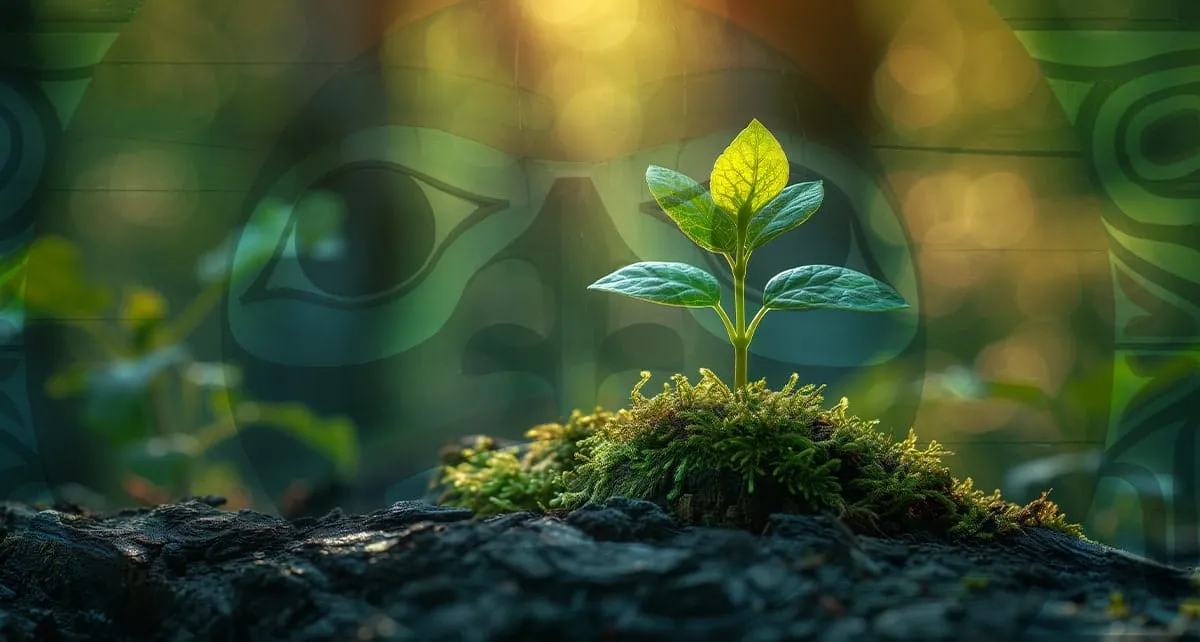A New Era of Inclusive Forestry
Forestry has long been a cornerstone of both economic and environmental sectors, deeply rooted in the landscapes it inhabits and shaped by the custodians of these lands—First Nations peoples. Traditionally, the voices of these indigenous communities have been underrepresented in global discussions about forest management and utilization. However, a transformative shift is currently underway, with First Nations not only participating but leading the dialogue on sustainable forestry practices.
The Significance of the Japan Mission
From December 10-14, 2023, a delegation from British Columbia, which included members from the BC First Nations Forestry Council (BCFNFC), traveled to Tokyo, Japan. This mission was not just a commemorative event marking the 100th anniversary of the timber trade between Canada and Japan; it was a strategic movement towards fostering new market opportunities and reinforcing trade partnerships. More importantly, it served as a platform to integrate Indigenous wisdom and expertise into international forestry practices.
Lennard Joe, CEO of BCFNFC, captured the essence of this shift by stating, “First Nations people are no longer bystanders; we are emerging as leaders in the global conversation on forestry and reconciliation.” This mission allowed First Nations representatives to share their unique perspective and sustainable practices with one of the world’s largest economies and a vital partner in Canada’s forestry industry.

Engaging with Japan: Cultural Exchange and Sustainable Dialogues
The mission involved more than just discussions; it was about building a mutual understanding of sustainable practices and exploring avenues for high-quality wood product exchanges. Japan, as the world’s third-largest economy and a significant importer of Canadian wood, represents a critical market for B.C.’s lumber, one that prizes quality and sustainability.
Dan Macmaster, a representative of BCFNFC, reflected on the role of First Nations in these discussions: “Our objective was to showcase First Nations’ involvement in forestry to the Japanese, emphasizing that this involvement enhances the consistent and reliable flow of wood fibre, which is good for everyone.” Such involvement transcends traditional trade talks and delves into how Indigenous stewardship models can inform and improve international forestry practices.
The Impact of Collaboration
The results of such missions are profound. They pave the way for shared stewardship models and showcase successful partnerships between First Nations and industry stakeholders. The mission also highlighted the resilience of B.C.’s forestry sector and its ability to adapt and lead in sustainable forest management, despite often only negative news reaching global headlines.

Looking Forward
The BCFNFC and its members continue to advocate for the inclusion of First Nations in all aspects of forestry management, from local to international levels. As Macmaster notes, “It’s vital for the Japanese to understand the positive role First Nations play in B.C.’s forestry landscape.”
The Japan mission exemplifies how the inclusion of Indigenous perspectives in global markets and discussions isn’t just beneficial; it’s essential for the sustainable progression of the forestry sector. This approach not only respects and incorporates the deep-rooted connections that First Nations have with the land but also paves the way for a future where these connections inform and guide global forestry practices towards greater sustainability and mutual prosperity.
As we reflect on the success of the Japan mission, it becomes clear that the path forward in forestry must continue to be forged with First Nations at the forefront, shaping practices that respect the past while building a sustainable future.

